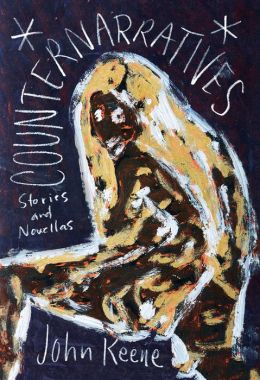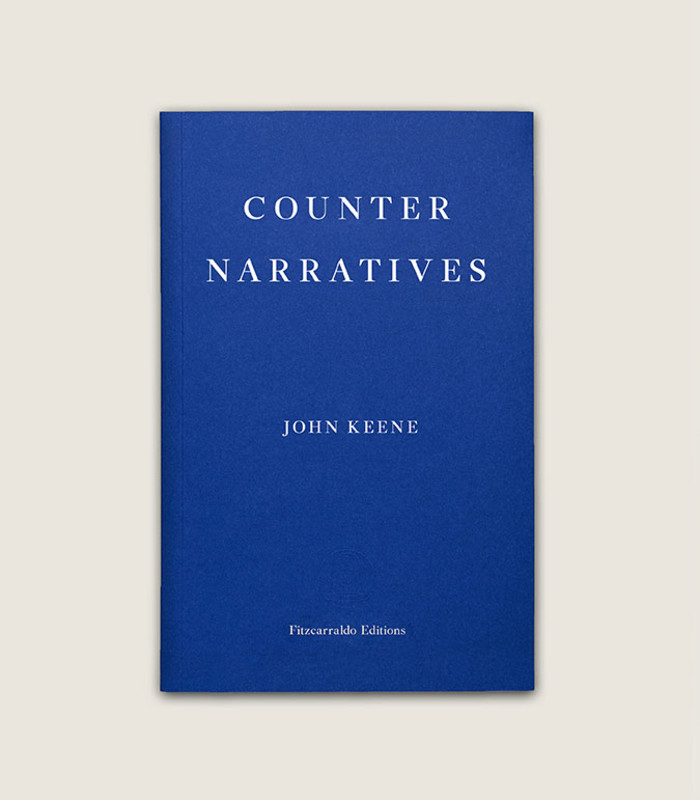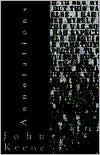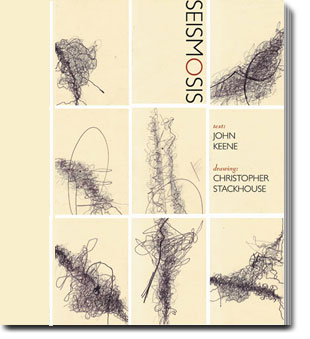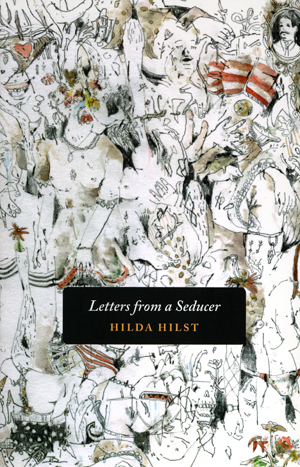 |
| Robin Coste Lewis |
One of the leading volumes of poetry published in 2015 was
Robin Coste Lewis's debut,
The Voyage of the Sable Venus (Alfred A. Knopf). A collection in the truest sense, it brought together Lewis's shorter lyrics with her
pièce de résistance, the long conceptual, epic title sequence. To summarize it hardly will do it justice, but in essence, Coste Lewis detourned and transformed, with impressive vision and skill, the titles, catalogue entries and exhibit descriptions of a range Western art works that referred in any way to female figures of African descent (see below). Not unlike
M. Nourbese Philip, she has shown us a new way to think about the poetics and practices of revision and resistance in relation to the (Western) archive.
Coste Lewis avers that her poem is narrative--and taken as a whole it is--one could also read it as a counter-lyric, engaging the objective alongside the subjective in its metonymic, externalizing gestures of drawing in thousands of years of history
into the poem while also drawing the reader beyond lyric interiority, without resorting to strategies of documentation, non-lyric discourses, hybrid forms, and the like. Instead, as she details below, the titles, their framing, placement and relation to each other, the friction and conversation they produce in and through their proximity, procession and totality, achieve her goal.
"The Voyage of the Sable Venus" queers the possibilities of what narrative, conceptual and lyric poetry might look like, while also grounding these genres profoundly in a black-centered perspective; whereas those titles, catalogue entries and exhibit descriptions centered the European/white, hetero-patriarchal gaze, in its global colonialist and imperial formations as objective definitions of aesthetic artifacts, Lewis, by repurposing and transforming them, unsettles the foundations on which they draw their meaning. Moreover, in its articulation, Coste Lewis's long poem does not sacrifice poetry's emotional impact; the effects, instead, may be awe, astonishment, anger, and a profound appreciation for what she has achieved, the lost voices she has unarchived and restored to individual and collective subjectivity and expression, that she has invited into her chorus.
To put it another way,
The Voyage of the Sable Venus presents a distinctive way of writing poetry about and in relation to works of art that runs against the grain of much of much of what you might learn in a workshop or a literary studies class. It also suggests other options for conceptual writing that challenge some of the orthodoxies of that method and approach, while also resuming a conversation about poetics, race, theory, art practice, and performance that conceptual art predecessors including
Raymond Patterson, Yoko Ono, Charles Gaines,
Adrian M. S. Piper, and others took up, but which have tended to be obscured or elided altogether in too many critical surveys and discussions of contemporary conceptual writing.
Given its length, I am presenting
two sections that originally appeared on LitHub, on September 30, 2015. The first is her introduction to the poem, describing her methodPlease visit that site for more sections, and above all, if you can purchase a copy of the collection or at least borrow it from your nearest library, please do so. Robin has held a wide array of fellowships and received many awards, including the
National Book Award in poetry from
The Voyage of the Sable Venus. A fellow alumna of
Harvard and
NYU, and received her PhD from the
University of Southern California, where she lives and teaches.
***
VOYAGE OF THE SABLE VENUS
And never to forget beauty,
however strange or difficult
REGINALD SHEPHERD
Prologue:
What follows is a narrative poem comprised solely and entirely of the titles, catalogue entries, or exhibit descriptions of Western art objects in which a black female figure is present, dating from 38,000 BCE to the present.
The formal rules I set for myself were simple:
1) No title could be broken or changed in any way. While the grammar is completely modified–I erased all periods, commas, semi-colons–each title was left as published, and was not syntactically annotated, edited, or fragmented.
2) “Art” included paintings, sculpture, installations, photography, lithographs, engraving, any work on paper, etc–all those traditional mediums now recognized by the Western art-historical project. However, because black female figures were also used in ways I could never have anticipated, I was forced to expand that definition to include other material and visual objects, such as combs, spoons, buckles, pans, knives, table legs.
3) At some point, I realized that museums and libraries (in what I imagine must have been a hard-won gesture of goodwill, or in order not to appear irrelevant) had removed many 19th century historically-specific markers, such as slave, colored, or Negro from their titles or archives, and replaced these words instead with the sanitized, but perhaps equally vapid African-American. In order to replace this historical erasure of slavery (however well-intended), I re-erased the post-modern “African-American” and changed all those titles back. That is, I re-corrected the corrected horror to allow that original horror to stand. My intent was to explore and record not only the history of human thought, but also how normative and complicit artists, art institutions and art historians have all been in participating in–if not creating–this history.
4) As an homage, I decided to include titles of art by black women artists and curators, whether the art included a black female figure or not. Most of this work was created over the last century, with its deepest saturation occurring since the Cold War. I also included work by black queer artists, regardless of gender, because this body of work has made consistently some of the richest, most elegant, least pretentious contributions to Western art interrogations of gender and race.
5) In a few instances, it was more fruitful to include a museum’s description of the art, rather than the title itself. This was especially true for colonial period.
6) Sometimes I chose to include female figures I believed the Western art world simply had not realized was a black woman passing for white.
7) Finally, no title was repeated.
***
And what follows is but one section of this magnificent work.
CATALOG 1: ANCIENT GREECE & ANCIENT ROME
Here is your name
said the woman
and vanished in the corridor
MAHMOUD DARWISH
I.
Statuette of a Woman Reduced
to the Shape of a Flat Paddle
Statuette of a Black Slave Girl
Right Half of Body and Head Missing
Head of a Young Black Woman Fragment
from a Statuette of a Black Dancing Girl
Reserve Head of an African Princess
Statuette of a Concubine
Full Length Figure of a Standing
Black Woman Wearing Earrings
Statuette Once Supported an Unguent Vase
Vase with Neck in the Form of a Head
of a Black Statuette of a Female
Figure With Negroid Features
Figure’s Left Arm
Missing Head
of a Female Full-length Figure
of a Nubian Woman the Arms Missing
Bust of a Draped Female Facing Forward
One Breast Exposed Black
Adolescent Female with Long Curls and Bare
Breasts Wearing a Voluminous Crown
Partially Broken Young Black Girl
Presenting a Stemmed Bowl
Supported
by a Monkey
Element of Furniture Decoration
[Two Nubian Prisoners Bound
to a Post] Protome [Probably
the Handle of a Whip
or Other Implement]
Oil Flask Back
View Head of an African Prisoner
Statue of Prisoner Kneeling
Arms Bound at the Elbows
Left Arm Missing Bust
of a Nubian Prisoner with Fragmentary Arms
Bound Behind Funerary Mask
of a Negro with Inlaid Glass Eyes
and Traces of Incrustations
Present in the Mouth
Censer in the Form
of a Nude Negro Dwarf
Standing with His Hands
at His Sides upon an Ornate Tripod
and Supporting on His Head
a Small Cup
in the Shape
of a Lotus
Flower
Standing Female Reliquary Figure
with Crested Coiffure and Hands
Clasped in Front of Torso, Holding
a Staff Surmounted by a Human Head
Figure Has Prominent
Vagina Bended
Knees and Oversized Head
with Half-Open Eyes
and Semicircle Mouth
that Juts Out
from the Face Some
Fine Scarification
on Chest and Belly
Dark Brown Almost Black
Patina with Oil Oozing
in Several Places
Numerous Cracks
on Back of Head and Hole
on the Coiffure
One Nipple Appears
to Be Shaved Off
or Damaged Black Woman
Standing on Tiptoe
on One End of a Seesaw
while a Caricatured Figure Jumps
on the Other
Copyright © Robin Coste Lewis, from The Voyage
of the Sable Venus, New York: Farrar Straus,
and Giroux, 2015. All rights reserved.














